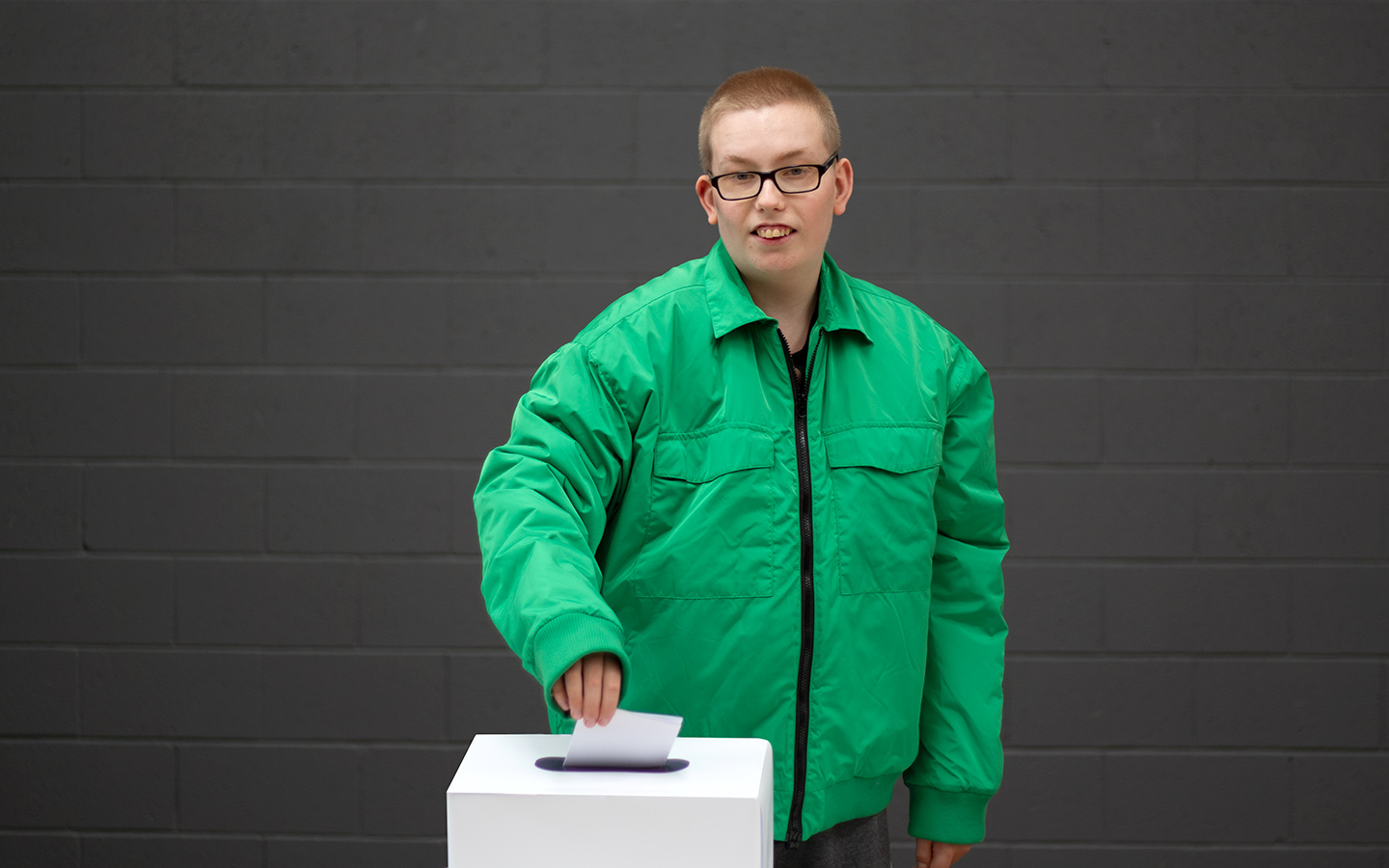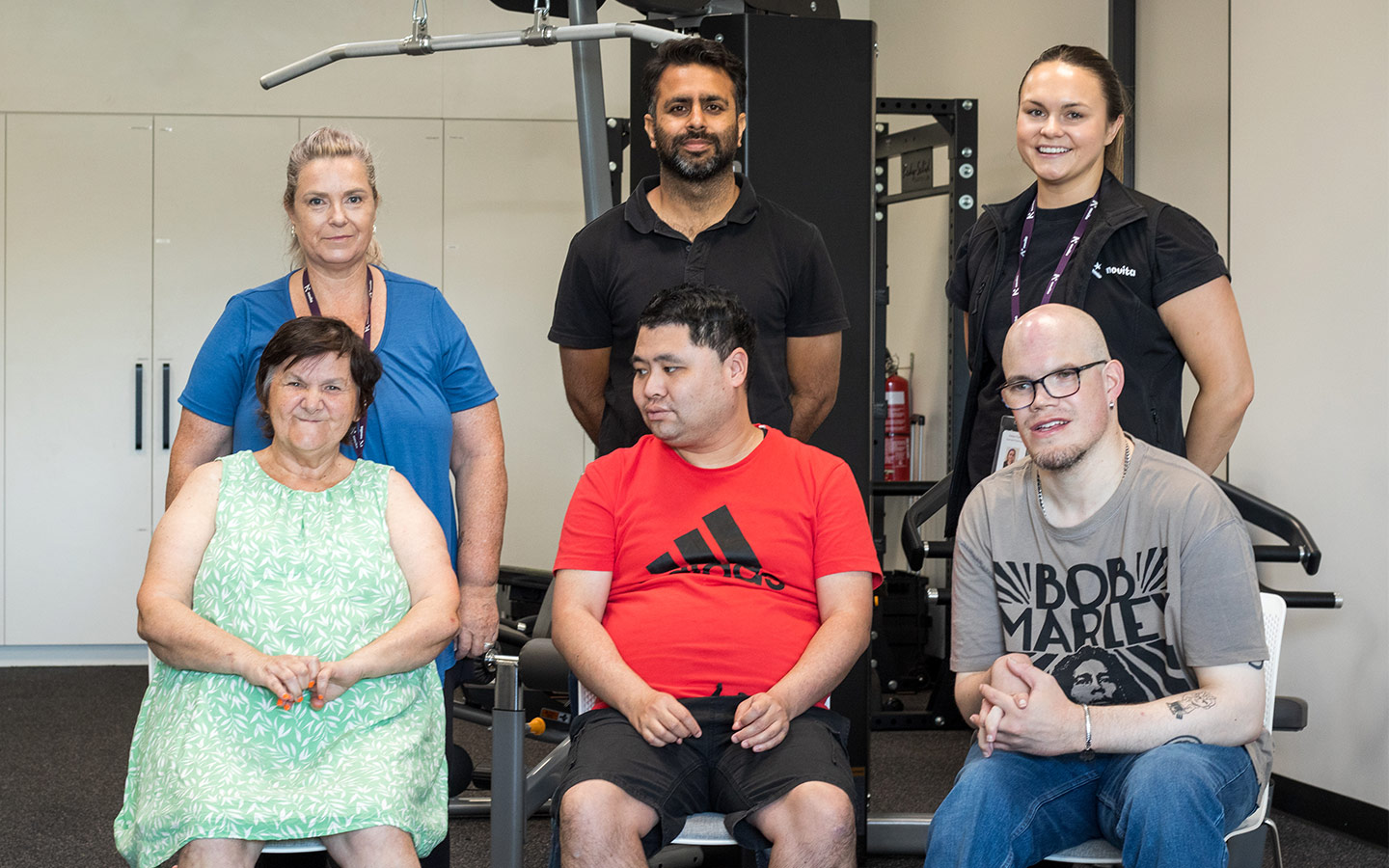Helpful Information
What is Sensory Processing?
access_time10min read

We all experience the world through our senses (sight, sound, touch, smell, taste, body awareness and movement). How we translate sensory information into actions is called sensory processing.
The way we process sensory information is different for everyone. We all have our own sensory preferences. There are things we like and other things we like to avoid if we can (enjoying playing in the sandpit versus not liking the feeling of sand between toes and on hands). For the most part having different sensory preferences doesn’t make a big difference to our life or our ability to play, learn and carry out every-day tasks.
When we think about it, our sensory systems are constantly bombarded by stimuli (traffic noise, flashing advertising signs, smells). In order to give our attention to what is important at the time we need to filter out most of these stimuli.
If we are over or under-responsive to one or more of these stimuli it can impact on our ability to attend and participate and therefore to successfully complete tasks.
An example of over-responsiveness is the child who notices every little sound (the whirring of a fan, the clicking of a light switch). Another child may find some sounds hurt their ears and they will try to avoid these sounds or make their own noise (such as humming) to block these sounds out.
A child that is under-responsive to sound may not notice when their name is being called. They may seek sound by making a lot of noise themselves and therefore disrupting others.
Sensory processing difficulties affect all kinds of people—from those with developmental delays, attention and learning problems, autism spectrum disorders and other diagnoses to those without any other issues.
When children have these issues it can impact on their ability to participate in social interactions, play and learning.
Children who have sensory processing difficulties may dislike or become agitated by:
- Getting messy
- The feel of certain clothing fabrics, labels, tags, etc.
- Touch
- Routine activities of brushing/washing hair, brushing teeth
- Sounds (volume or frequency)
- Bright lights (squints, covers/rubs eyes)
They may present with:
- High activity levels or as very quiet/withdrawn
- An unusually high or low pain threshold
- Difficulty with fine motor tasks such as threading, drawing, using scissors, writing
- Difficulty with gross motor tasks such as climbing, running, catching a ball
- Low or high muscle tone
- Strong food preferences (e.g. only eats crunchy food), picky eating
- Poor attention and focus: often “tunes out” or “acts up”
- Difficulty coping in group settings; including getting easily overstimulated.
It is important to remember that many of the things in the above list are typical at certain ages and stages of development. A younger child can be quite fussy with some foods but if at 10 years old the same child is still only eating food that is crunchy then there is a need to investigate further.
Our sensory preferences are part of who we are as a person. Many people with sensory processing difficulties learn to manage them. A therapist can assist this process of management.
A therapist will talk to and support children and families to work out:
- What the sensory processing difficulties are and what that means for participation in every-day life
- What is most important for the family and what would make life easier
- Strategies to implement e.g.
- visual supports
- calming activities
Therapy can support people to learn strategies to minimise the impact these difficulties have on their life so that everyday tasks can be completed with success and they can participate in whatever it is they want to do at home and in their community.
If you would like to learn more about sensory processing, come along to one of our workshops.


